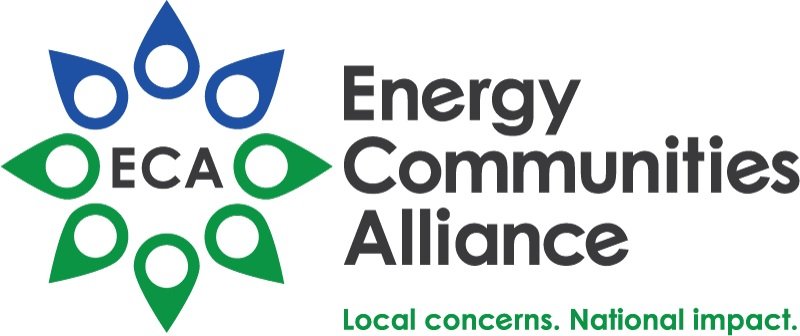DOE Report To Congress: U.S. Can Save Up to $230 Billion in Cleanup Costs by Treating Some Defense High-level Waste Based on Technical Composition
DOE took yet another step forward on its High-Level Waste Interpretation last week, providing House and Senate Armed Services Committee leadership with a report evaluating the “feasibility, costs, and cost savings of classifying covered defense nuclear waste as other than high-level radioactive waste, without decreasing environmental, health or public safety requirements,” as required under Section 3139 of the 2018 National Defense Authorization Act. The report, “Evaluation of Potential Opportunities to Classify Certain Defense Nuclear Waste From Reprocessing as Other than High-Level Radioactive Waste,” evaluates the inventory of reprocessing waste that is in storage or is planned to be produced at the Savannah River Site (SRS), the Idaho National Laboratory (INL) and at Hanford. The report identifies up to $230 billion in cleanup cost savings — far exceeding any estimates to date.
DOE outlines very substantial potential benefits at each of the three sites*:
Savannah River Site
Early batches of vitrified waste from SRS, which were lower in radionuclide content, are candidates for other disposal sites, saving approximately $3 billion to $4 billion with potential for an additional $1.2 billion if three additional batches are candidates by eliminating the need for additional on-site storage capability and reducing off-site transportation and disposal costs.
Idaho National Laboratory
Reprocessing wastes in solid, granular form at INL (sodium-bearing waste and calcine) may be suitable for disposal in near-surface, intermediate depth, or WIPP without requiring further, expensive treatment and reducing off-site transportation and disposal costs. Alternative disposition of granular wastes could potentially save $12 billion to $15 billion.
Hanford
Hanford West Area tank wastes present the best opportunity to realize potential savings of $73 billion to $210 billion by treating low-activity waste by grouting, which would make the waste a candidate for other disposal sites, thus avoiding the production of thousands of canisters of vitrified waste, and decreasing the tank waste mission by at least a decade.
DOE concludes that numerous steps still need to be taken ahead of any proposed actions for any proposed waste stream at any of the sites, including further data gathering, analysis and engagement with stakeholders.
The report notes specifically that “the conclusions in this Report are necessarily preliminary in nature” and “based on existing data that would need to be verified before serving as the basis for any proposed action.”
ECA will provide additional details in the coming days.
*See pages v-vi, Evaluation of Potential Opportunities to Classify Certain Defense Nuclear Waste From Reprocessing as Other than High-Level Radioactive Waste

